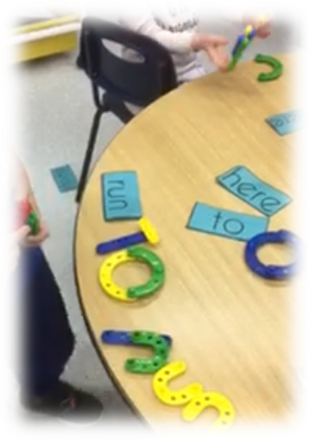Literacy Goals
All kindergarten learners will know all letter names/ sounds and 40 or more sight words by June.
90% of grade 1- 3 learners will meet or exceed expectations on PM Benchmarks Assessment by June.
Improving the quality of written ideas as measured by curriculum outcomes and common assessment tools.
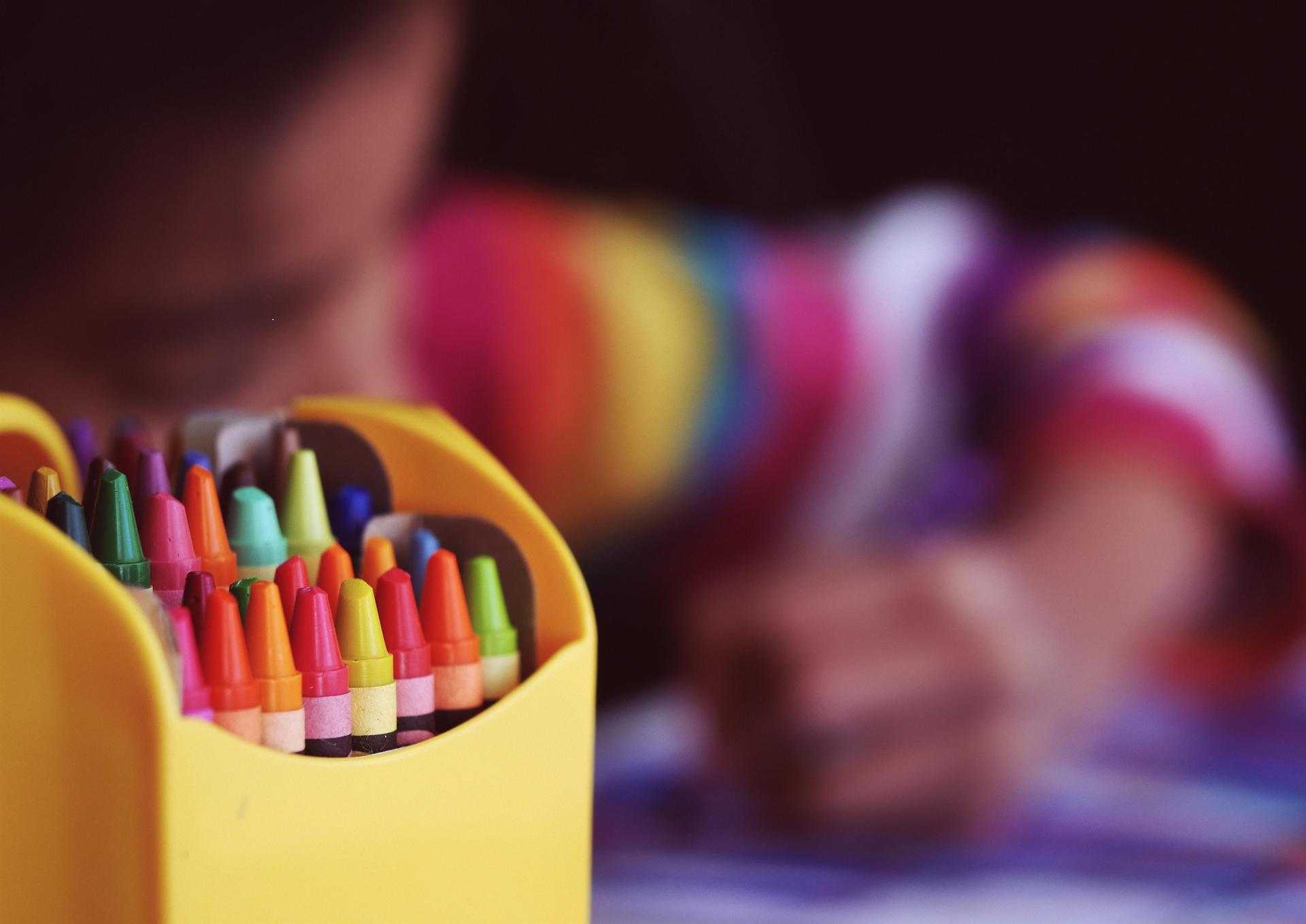
- Increase the use of literacy materials which include Indigenous peoples and culture
- Blitz work several times each week to focus on small sets of literacy skills (small groups or 1:1 support with a Learning Support Worker, Aboriginal Education worker or teacher)
- Joyful Literacy tools and interventions (circle charts)
- Kindergarten literacy centers where students learn letter names/sounds and sight words through adult-guided, play-based centers. We do this daily with Kindergarten classes
- Early intervention with a focus on recognizing letter names/sounds and phonological awareness
- Shared Read Aloud where students read together in a larger group
- Daily morning message read by grade 3 students
- Exploration of writing resources including Janet Mort resources and 6 Traits of Writing resources
- Reading Groups where students work collaboratively with other students of similar reading abilities
- Community Reading Program where adults listen to students read
- Kindergarten literacy skills are measured using classroom assessment practices, Circle Charts, and the Early Years Evaluation Direct Assessment (EYE-DA) performed in September and June.
- PM Benchmark Reading assessment data is used in the assessment of grade 1 – 3 students three times each year (at the end of a term).
- Assessment of written ideas for grade 3 learners is measured in part using the Spring District Literacy assessment (RAD).
To share our progress towards our literacy goals, we will send home literacy goal update with every report card.
Literacy Data
Kindergarten Data (letter names and sounds)
One tool used to support literacy skill development is ‘circle charts’. Circle charts are a tracking tool, from Janet Mort’s Joyful Literacy program, which pinpoints skill instruction and progress of foundational literacy skills for an individual student.
|
June 2022 Know all letter names and sounds |
|
73%
|
2022-2023 Data for Reading (PM Benchmarks)
 |
||
| GRADE 1 | ||
|
Term 1 (Fall)
 |
Term 2 (February) | Term 3 (May) |
| GRADE 2 | ||
|
Term 1 (Fall)
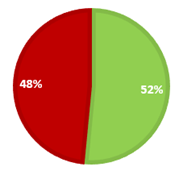 |
Term 2 (February) | Term 3 (May) |
| GRADE 3 | ||
|
Term 1 (Fall)
 |
Term 2 (February) | Term 3 (May) |
Each term, the PM benchmark for reading at grade level increases, meaning that students should continue to move up in reading levels as the year goes along. Students who are not yet meeting grade level expectations (red area on graph) will receive Tier 2 or Tier 3 support through regular blitzing, 1-on-1 reading support or small group reading support. We have an intervention plan for every student who is not yet reading at grade level with a strong focus on our grade 3 students who are not yet reading at grade level.
Previous Year (2021-22) Data for Reading (PM Benchmarks)
 |
||
| Grade 1 | ||
 TERM 1 (FALL)
|
 TERM 2 (FEBRUARY)
|
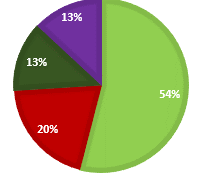 TERM 3 (MAY) TERM 3 (MAY) |
| By the end of the school year, 67% of grade 1 students were meeting or exceeding in reading. 92% of students improved their reading level between terms 2 and 3. | ||
| Grade 2 | ||
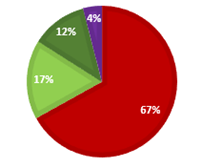 TERM 1 (FALL)
|
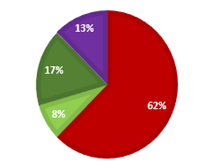 TERM 2 (FEBRUARY)
|
 TERM 3 (MAY)
|
| By the end of the school year, 34% of grade 2 students were meeting or exceeding in reading. 52% of students improved their reading level between terms 2 and 3. | ||
| Grade 3 | ||
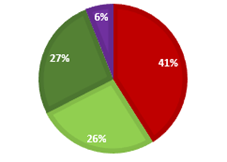 TERM 1 (FALL)
|
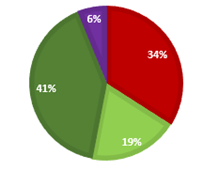 TERM 2 (FEBRUARY)
|
 TERM 3 (MAY)
|
| By the end of the school year, 69% of grade 3 students were meeting or exceeding in reading. 81% of students improved their reading level between terms 2 and 3. | ||
2020-21 Data for Reading (PM Benchmarks)
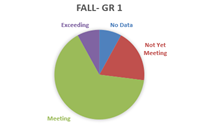
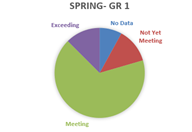
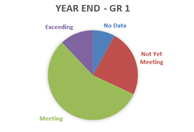
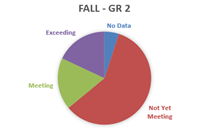
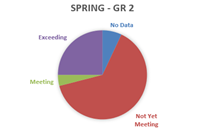
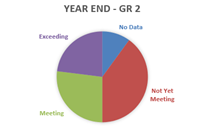

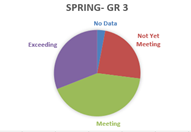
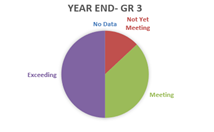
The RAD is an assessment that measures both reading and written output. Grade three students write the RAD assessment each year in May. End of grade three RAD data at the end of last year point to 87% of learners meeting or exceeding expectations based on overall scores. These results are constituent with the previous year’s data (88% of grade three students meeting or exceeding expectations). To address written output, we continue to focus on writing fluency/confidence throughout all grades beginning in kindergarten.
Spring 2022 Grade Three RAD Data
|
Did not write |
Not Yet Meeting |
Minimally Meeting |
Meeting |
Exceeding |
Total meeting or exceeding |
|
3% |
10% |
43% |
37% |
10% |
87% |
Previous Years' RAD Data
Spring 2021 Grade Three RAD Data
|
Did not write |
Not Yet Meeting |
Minimally Meeting |
Meeting |
Exceeding |
Total meeting or exceeding |
|
12% |
0% |
45% |
42% |
0% |
88% |
Spring 2020 Grade Three RAD Data - Not Available
Spring 2019 Grade Three RAD Data
|
Did not write |
Not Yet Meeting |
Minimally Meeting |
Meeting |
Exceeding |
Total meeting or exceeding |
|
14% |
2% |
30% |
50% |
5% |
85% |

